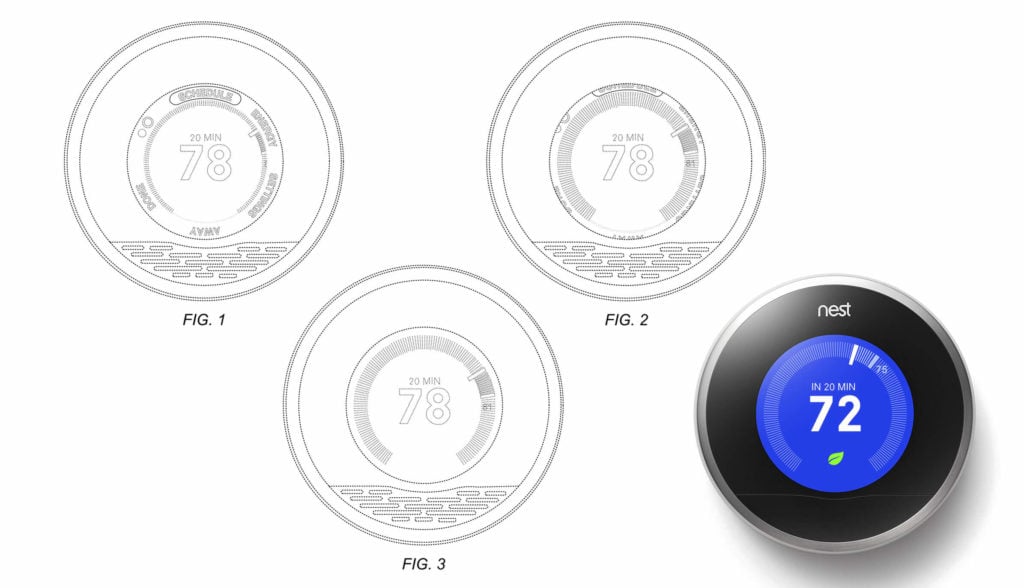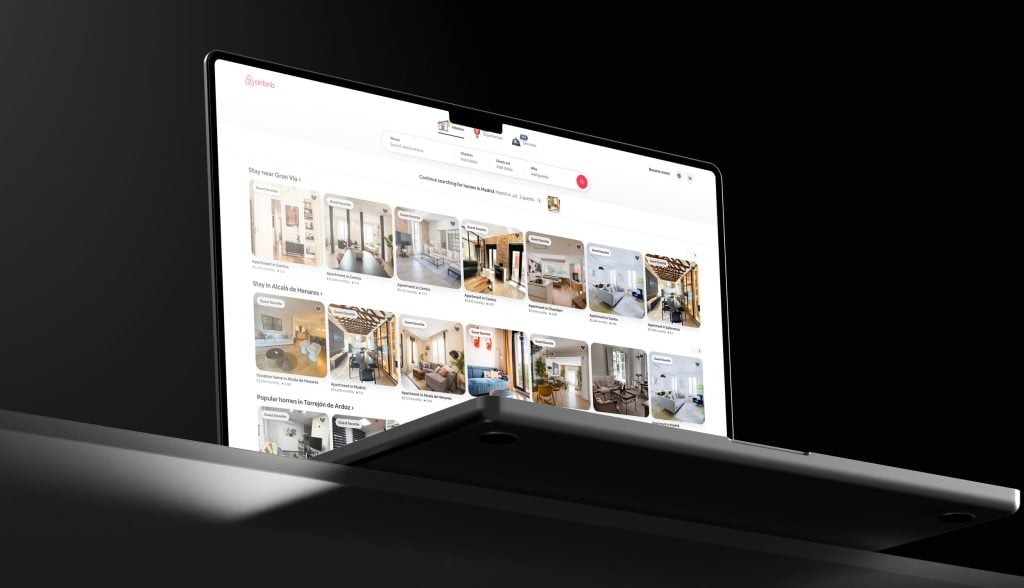In the tech world, the design of the user interface (UI) is critical. You can have a great idea and an excellent business model, but if your product doesn’t have a good user interface, then users will struggle to use it and lose interest. When you’re building a SaaS company, this becomes especially important because the UI is what clients use for things like interacting with the software, making purchases, or signing up for services.
Many of the apps commonly used on a daily basis have iconic UI features that users and customers associate with the host software or app. Often, the UI-host association is so strong the IU becomes an integral part of a company’s brand. With that in mind, it is important for a SaaS founder to protect the graphic elements used to make their app unique. This guide will help you learn how to protect your UI with design patents.
What Does A Design Patent Protect?
Design patents protect the ornamental features of an invention and can therefore be used to protect a Graphical User Interface, or GUI for short. A GUI can include graphical icons, animations, and visual indicators to help users understand all the complex features of the program they are using. There are five requirements for what makes something, such as a GUI, eligible for protection by design patent:
- The GUI Must Be An Article of Manufacture. A man-made tangible object that features a picture or design is an article of manufacture – a picture or design standing alone is not an article of manufacture. As such, a GUI, by itself, is not eligible subject matter for a design patent as an article of manufacture. However, when the GUI is placed on a computer or mobile device display, then the GUI can be protected by design patent because it is associated with a man-made tangible object (e.g., the computer or mobile device display).
- The GUI Must Be Original. The GUI must be original and not a copy of another’s work. It should be noted that this is applicable even if the original designer is not aware his or her creation was copied. On the other hand, a reassembling or reforming of a previous creation does not run afoul of the originality requirement for design patents.
- The GUI Must Be Novel. The GUI design application submitted for patenting must be new. As mentioned, a design patent is only for the ornamental aspect of the GUI; it will not provide protection for the mechanics of the GUI’s functionality. Protection for the mechanics of its functionality would require a utility patent.
- The GUI Must Not Be Obvious. As technology is almost always based upon a previous innovation, the new GUI must not be obvious to other designers of ordinary skill in the art in light of what already exists in the world. It is very important that it does not replicate any existing designs and instead encompasses something completely new and innovative.
- The GUI Design Must Be Ornamental. When it comes to design patents, the law has a strict requirement for ornamentality. This means that any ornamental aspect of the GUI cannot be connected to the GUI’s functionality. For example, if a certain design is required for functionality, then it cannot satisfy the ornamentality requirement because there would be some dependence between them. Essentially, when looking at patent-eligible designs one consideration is whether they are entirely separate and nondependent on their function in order to qualify as being designs eligible for protection under law.
With the amount of competition in today’s tech world, it is important for a company to be able to differentiate its product amongst competitors. This can be done through UX/UI design that is unique and innovative. We’ve included some examples below that should be examined before identifying the designs you think are particularly innovative within your software.
GUI Design Patent Examples
Facebook GUI Design Patent – USD819058S1

Nest GUI Design Patent – USD687,047

Can One GUI Design Patent Application Protect Multiple Embodiments?
Yes, design patent applications can have multiple embodiments. Designers often use this option to show different variations of an invention without having to file a separate application for each variation. However, the disadvantages to multi-embodiment applications can be significant.
The primary risk to applications with more than one embodiment is the chance that the Patent Examiner will find that the embodiments are distinct, or too dissimilar to be included in a single invention. If this happens, the Examiner may issue a Restriction Requirement Office Action that requires the Applicant to choose (or argue why the restriction is inappropriate) one of the inventions. After selection of an embodiment for examination, the other embodiment is removed from the application. The non-elected embodiment can be claimed later by filing a divisional application during the pendency of the parent patent application.
Can A GUI Design Patent Protect Animations?
Yes, U.S. design patents are available for animations if specific guidelines, like including two or more views with descriptions that show the sequence, are followed. One can envision clicking on the settings within the camera application, for example, to see how the screen slid to either side from the settings page. It is possible to patent such movement by way of a design patent, as seen with Apple’s “Cover Flow” patent that protects flipping through iTunes or their music player interface.
How Long Does It Take To Get A Design Patent?
The patent process for a GUI design patent takes roughly 14 months after it has been submitted to the USPTO. If your application receives an office action, that could extend the timeline. The patent process for a GUI design patent takes roughly 14 months after it has been submitted to the USPTO. If your application receives an office action, that could extend the timeline.
What Is The Allowance Rate of Design Patent Applications?
Design patent applications in the US have a high allowance rate of approximately 84%. Allowed design applications are applications that have been examined by USPTO examiners and determined to be eligible for a design patent. The allowance rate, or percent allowed, is calculated by dividing the number of design applications allowed by the number of design applications disposed in the current fiscal year.
Need Help Filing A GUI Design Patent Application?
Design is an integral part of the user experience and companies understand this now better than ever. If you’ve put significant thought and effort into developing a unique UI to make your software stand out from competitors, it’s critical that you take measures to protect this component of your intellectual property portfolio. Design patents are an effective and cost-efficient way to protect your UI against copycats and our skilled attorneys are here to help you better understand what aspects of your UI are eligible for design patent protection.
Feel free to schedule a free consultation to get started.




